The 27th
LaureatePainting
Tadanori Yokoo
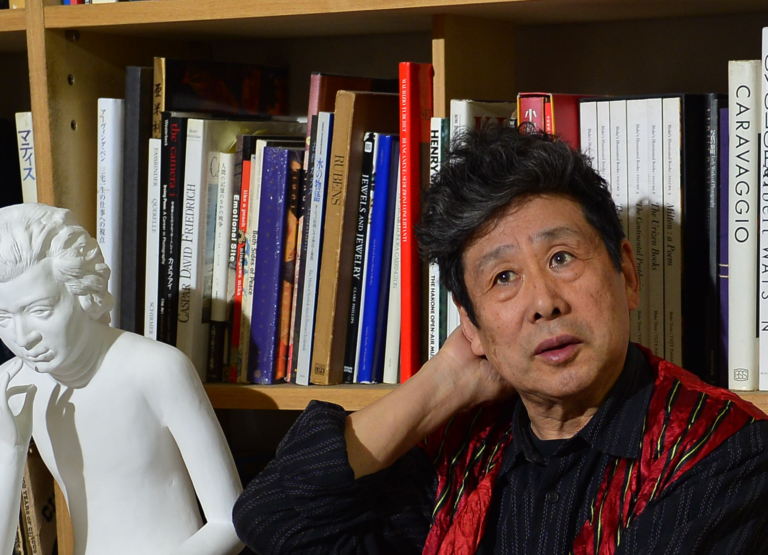
Tadanori Yokoo’s meteoric rise to prominence in Japan’s Pop and Avant-Garde art world first came in the 1960s while working as a graphic designer. His “Declaration of Becoming a Painter” (1981) marked a shift in focus towards painting and to the start of the art world considering him as a “fine art artist.” His works have continued to evolve,producing series of paintings - such as the Waterfalls and Y Junctions series - that are marked by a sense of moving between dreams and reality,between life and death. Yokoo is a highly driven artist,constantly creating enormous numbers of new works. His unique style,one that often reflects Japanese mass sentimentality,has been championed by key Japanese cultural figures,such as writer,Yukio Mishima and underground artist,Shuji Terayama. In 2012,the Yokoo Tadanori Museum of Modern Art,created to hold over 3000 pieces of his work,was opened in Kobe and in 2013,the Teshima Yokoo House,designed to show his extraordinary vision in the most radical manner,was opened at Teshima Island,Kagawa Prefecture. Most recently,in 2014,he created a series of 110 portraits of artists and prominent figures for the Fondation Cartier pour l’art contemporain in Paris.
Biography
Tadanori Yokoo first came to prominence in the 1960s as a graphic designer,quickly becoming a hero for many in Japan’s avant-garde and pop culture world with his bold,colourful designs. Later,in the 80s he transitioned from graphic design to painting,though his works continue to be illuminated by a powerful sense of color and design.
As a young boy,he was fond of painting and spent his time single-mindedly copying picture books. It seems that his talent for taking existing images and reusing them freely,is likely to have come from this childhood obsession.
His early works from the 60s,managed to unite the avant-garde and pop culture with Japanese pre-modern and indigenous sentiments. His unique style gave him great credibility and he easily developed friendships with other radical elite Japanese artists,regardless of their field,such as Shuji Terayama and Tatsumi Hijikata,as well as author Yukio Mishima and film director Nagisa Oshima.
In 1972,he was the subject of a solo exhibition at MoMA,New York. With his strong graphic style and use of bold colors,many came to see him as Japan’s answer to Warhol and his works soon came to be recognized worldwide.
However,Yokoo’s focus changed after having seen a Picasso exhibition in New York in 1980. The following year he made his famous “Declaration to Become a Painter” and moved from graphic design to painting. The subjects of his painting are varied,going backwards and forwards between reality and dreams. He takes his audience on journeys - down to the bottom of the earth,to the sea,or to waterfalls (also the title of a series of his work). But what really underlies Yokoo’s art is death. He observes that he does not see death from the world of life but instead sees life from the world of death.
In 2012,the Yokoo Tadanori Museum of Modern Art was established in the city of Kobe. It houses over 3000 artworks,from all periods of his creativity. At the opening ceremony,Yokoo made a typically controversial remark saying,“With my museum established while I am alive,I feel like I have died. This is a big tomb for me. Please come to worship here from now on.”
The following year,the Teshima Yokoo House,opened on Teshima Island in the Seto Inland Sea,Kagawa Prefecture. Here the image of death is also strongly expressed in the space itself – with its dark red walls,leading to the next world.
Globally,his works can be found in more than 120 museums collections. Last year Yokoo painted 110 portraits for the Fondation Cartier pour l’art contemporain in Paris,to mark its 30th anniversary. Additionally,many solo exhibitions are being planned for Japan and overseas. Yokoo continues to produce an enormous number of pieces,often reflecting,through use of varying styles and motifs,the sentiments found in Japanese mass culture.
Chronology
First travel to India
Professor for Postgraduate course of Tama Art University (2004 Visiting Professor)
Izumi Kyōka Prize for Literature
Vivid Memories (Fondation Cartier pour l’art contemporain,Paris)
The World Goes Pop (Tate Modern,London)
-
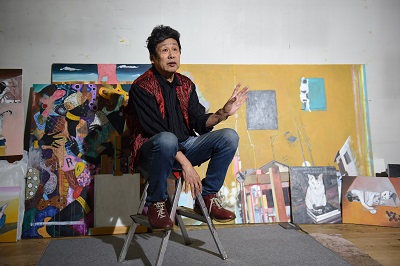
At his studio in Tokyo
-
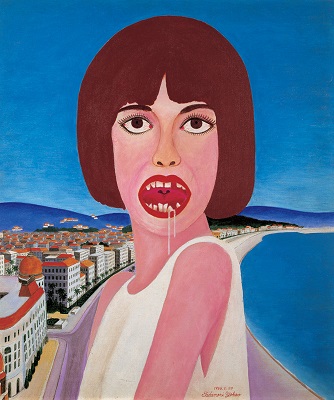
Drool
-
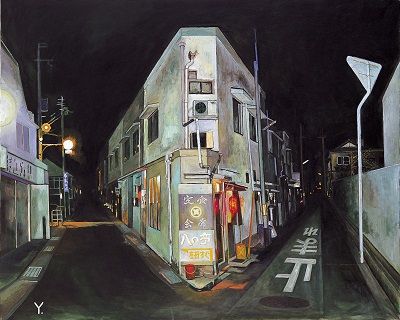
Anya Kouro: N city V
-
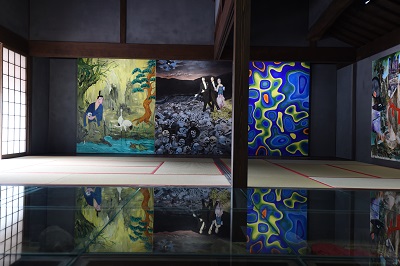
The Primitive Universe
-
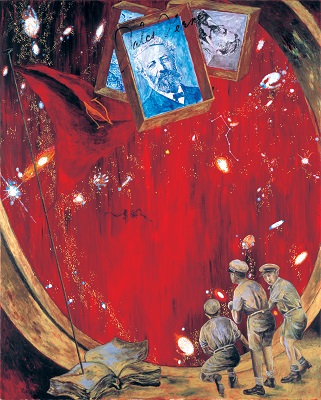
Jules Verne’s Sea
-
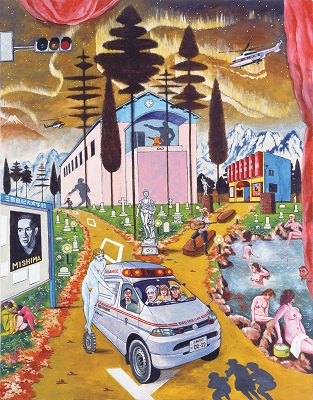
Theatre of Memories

